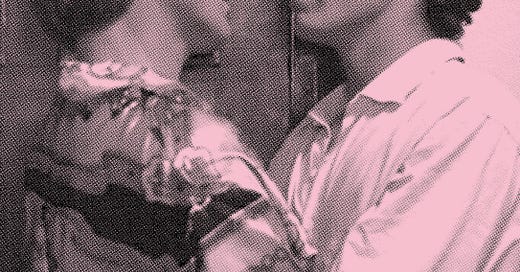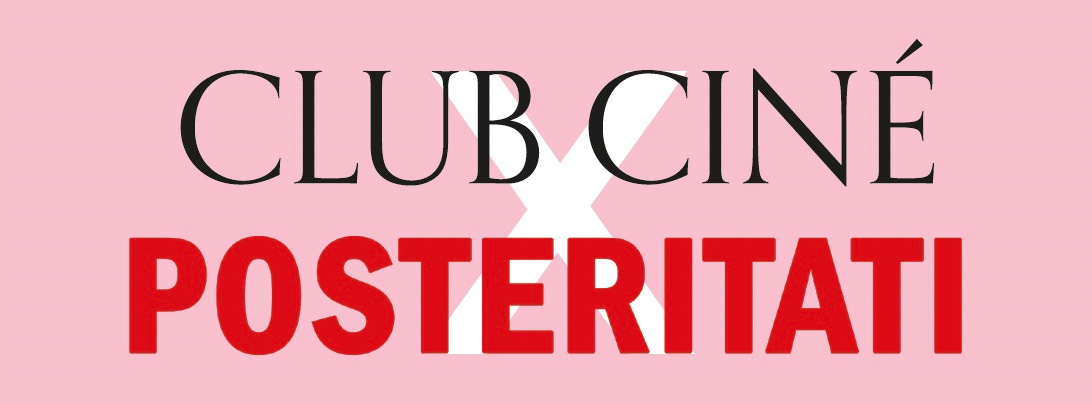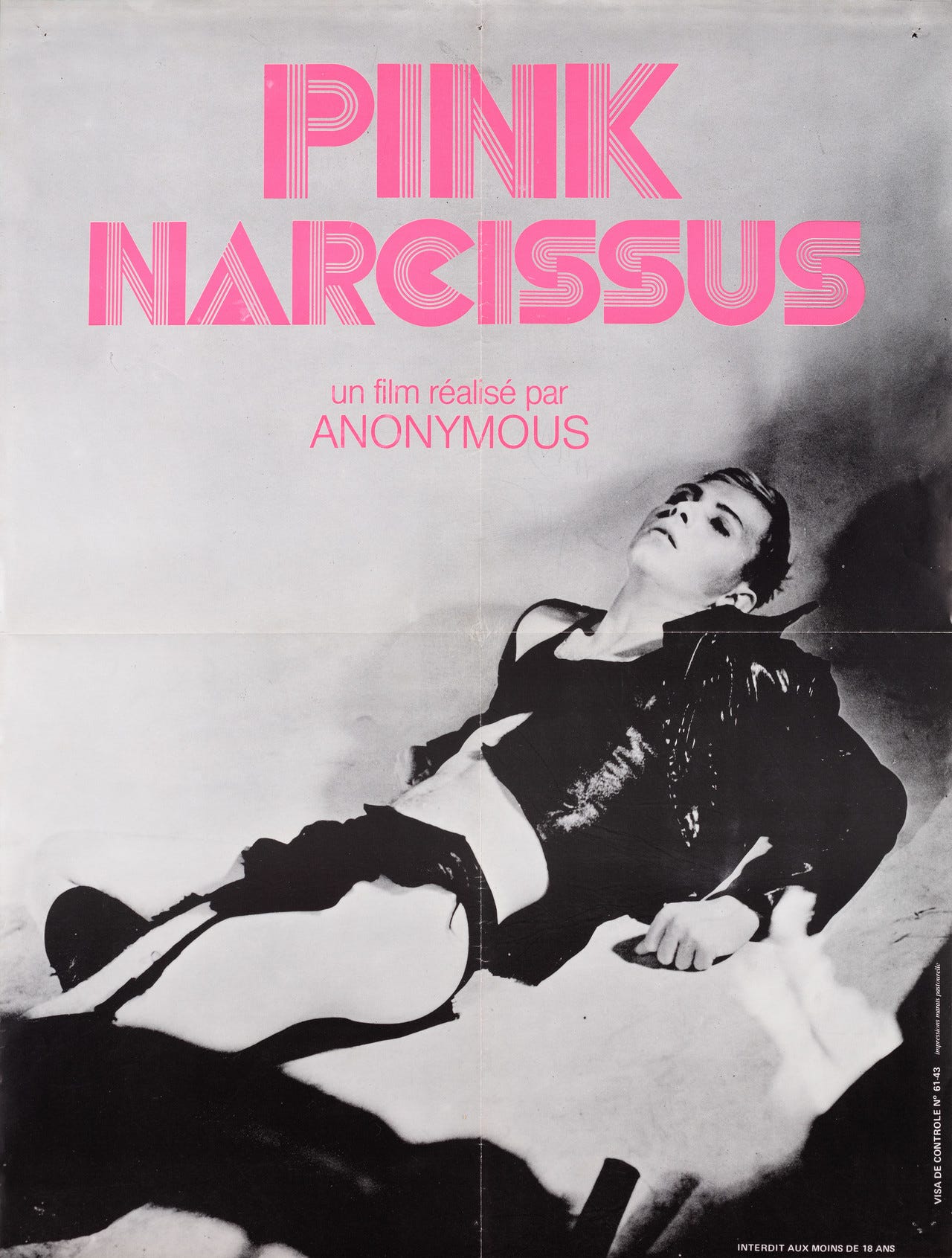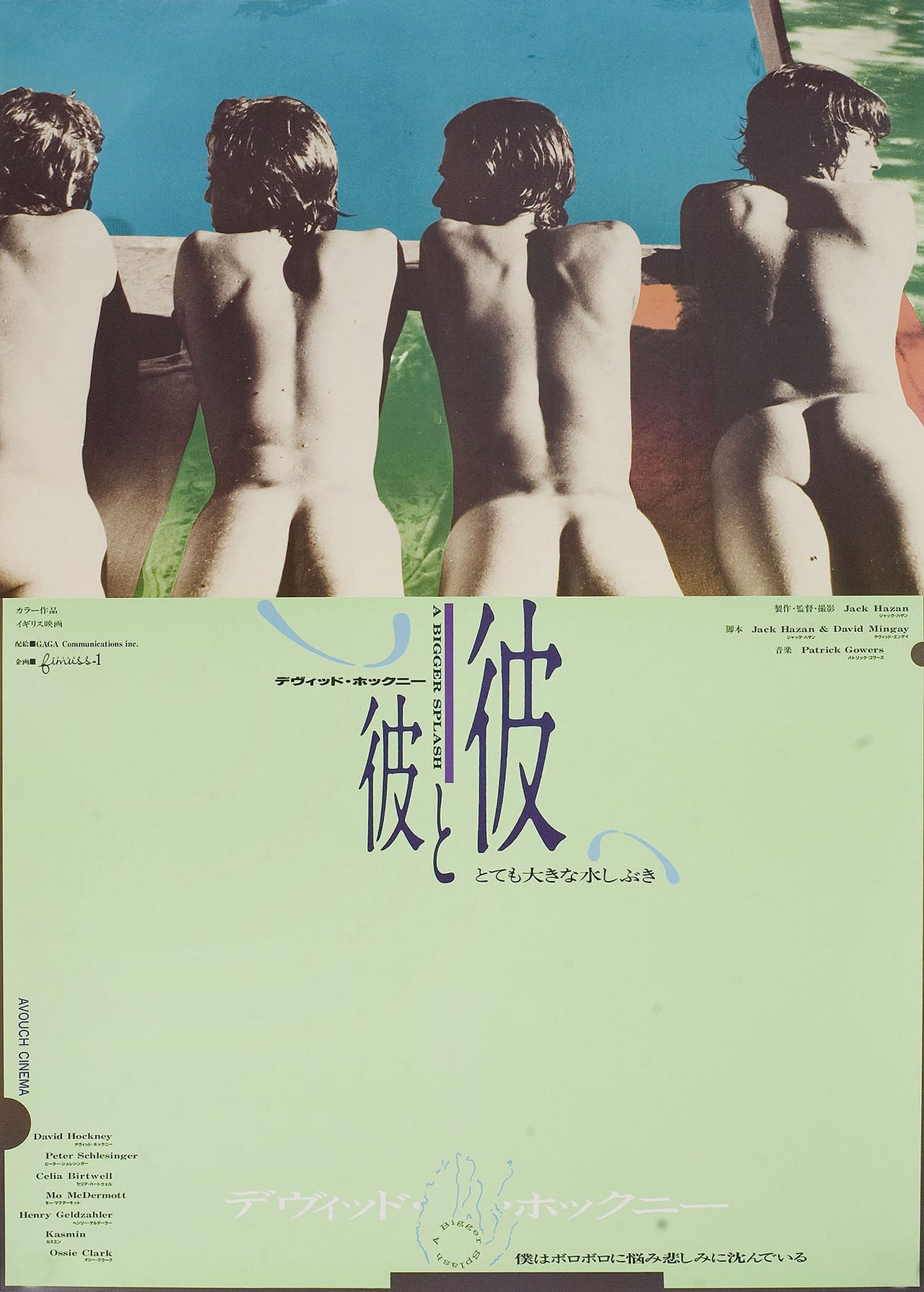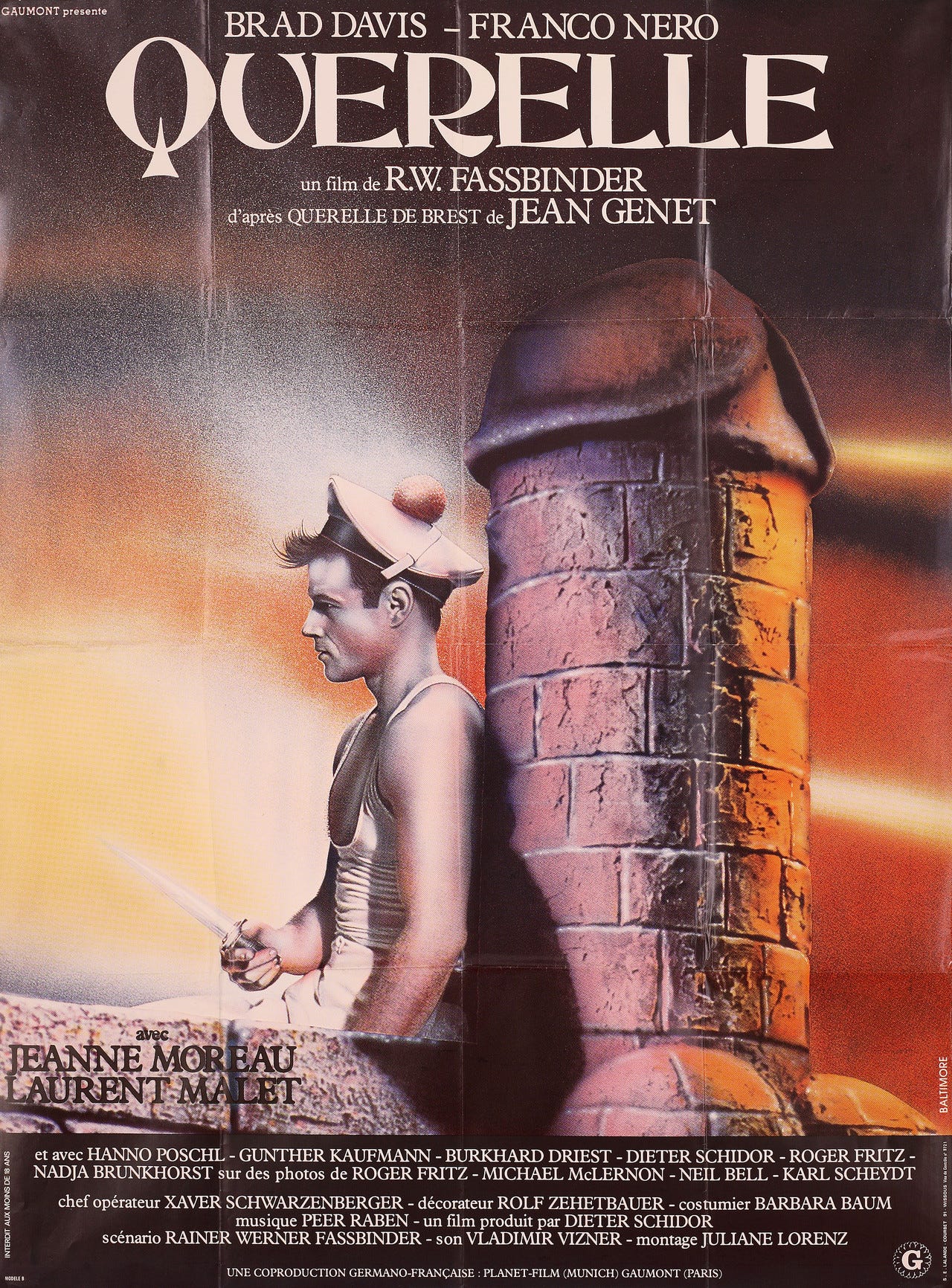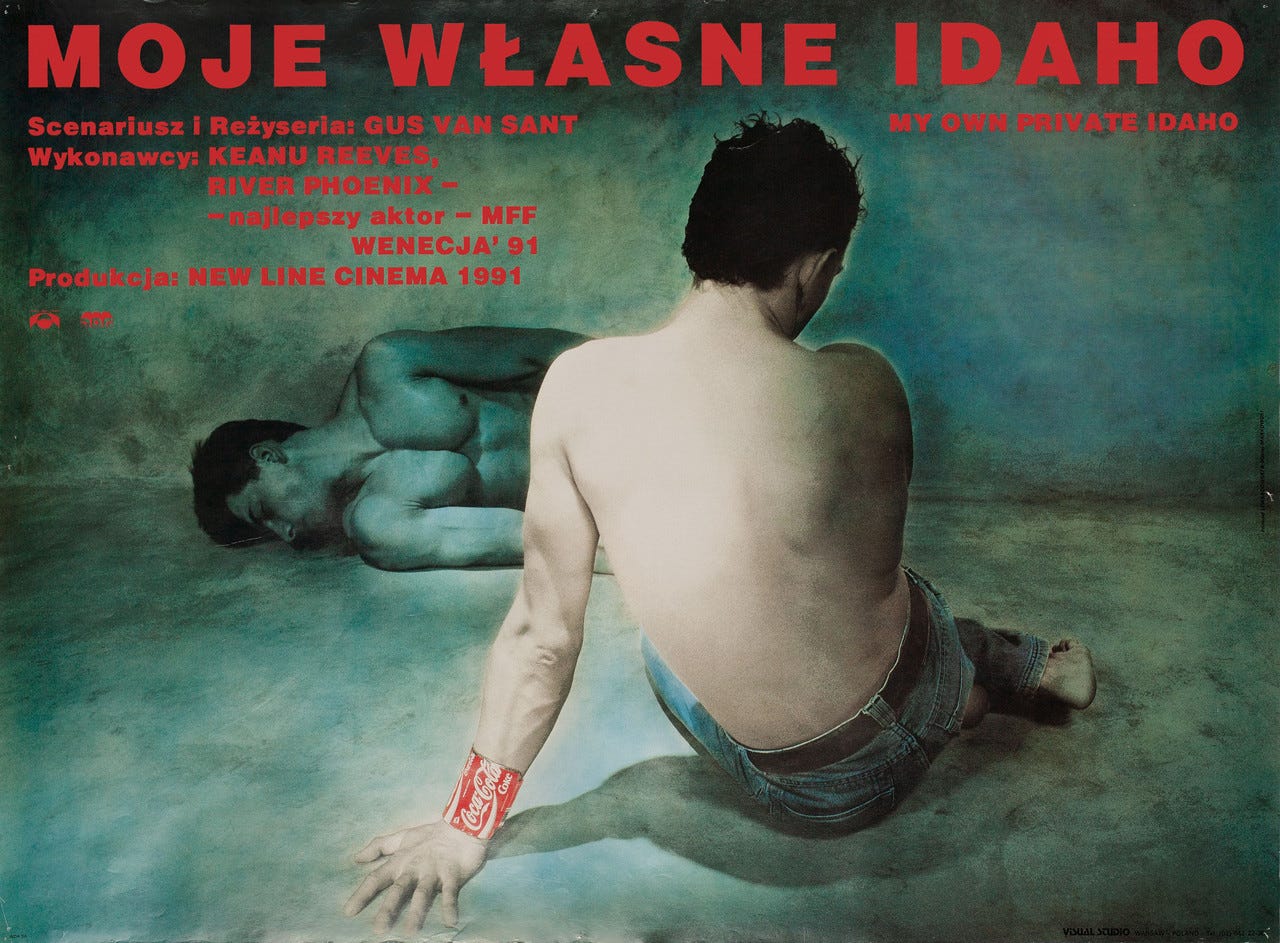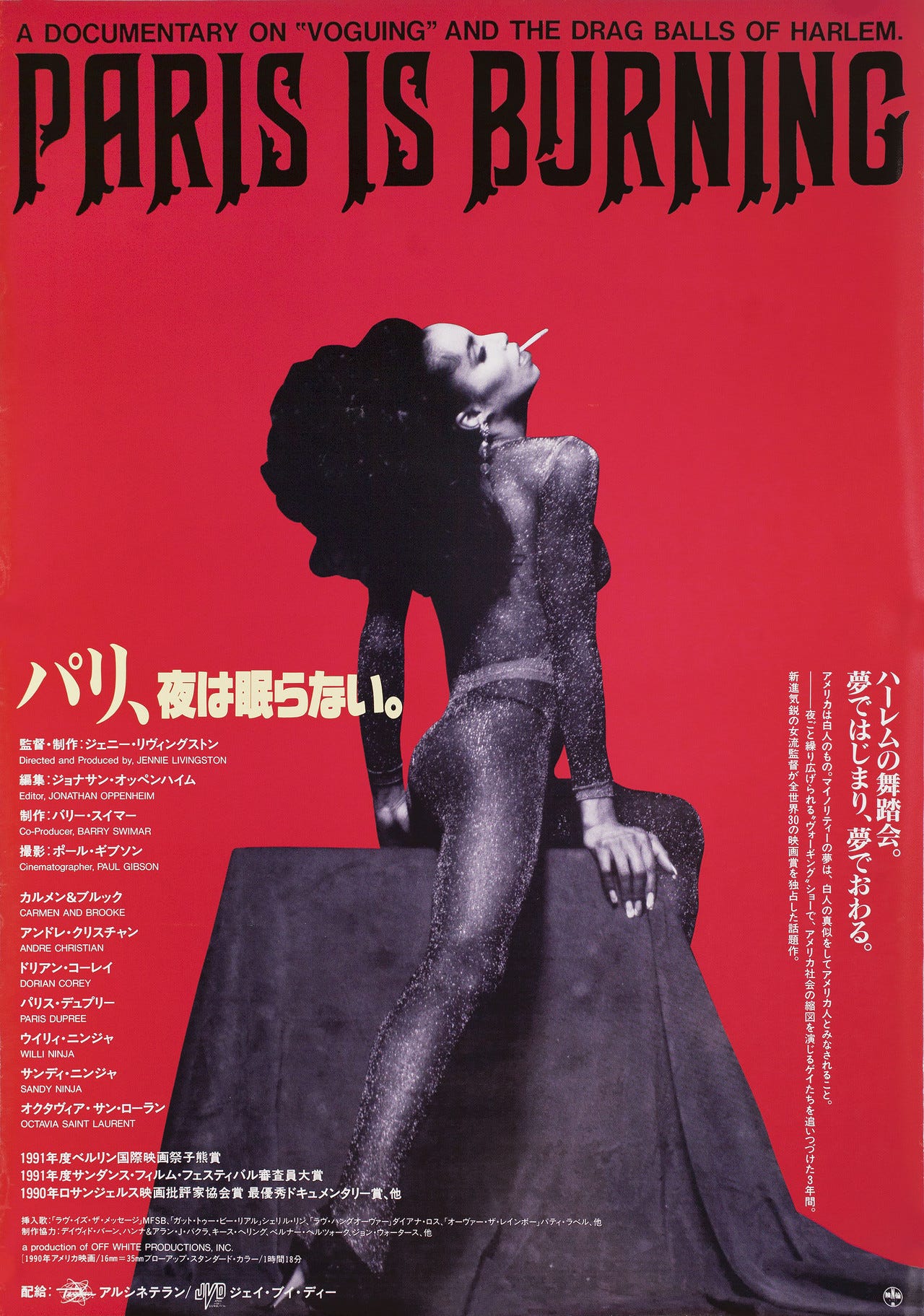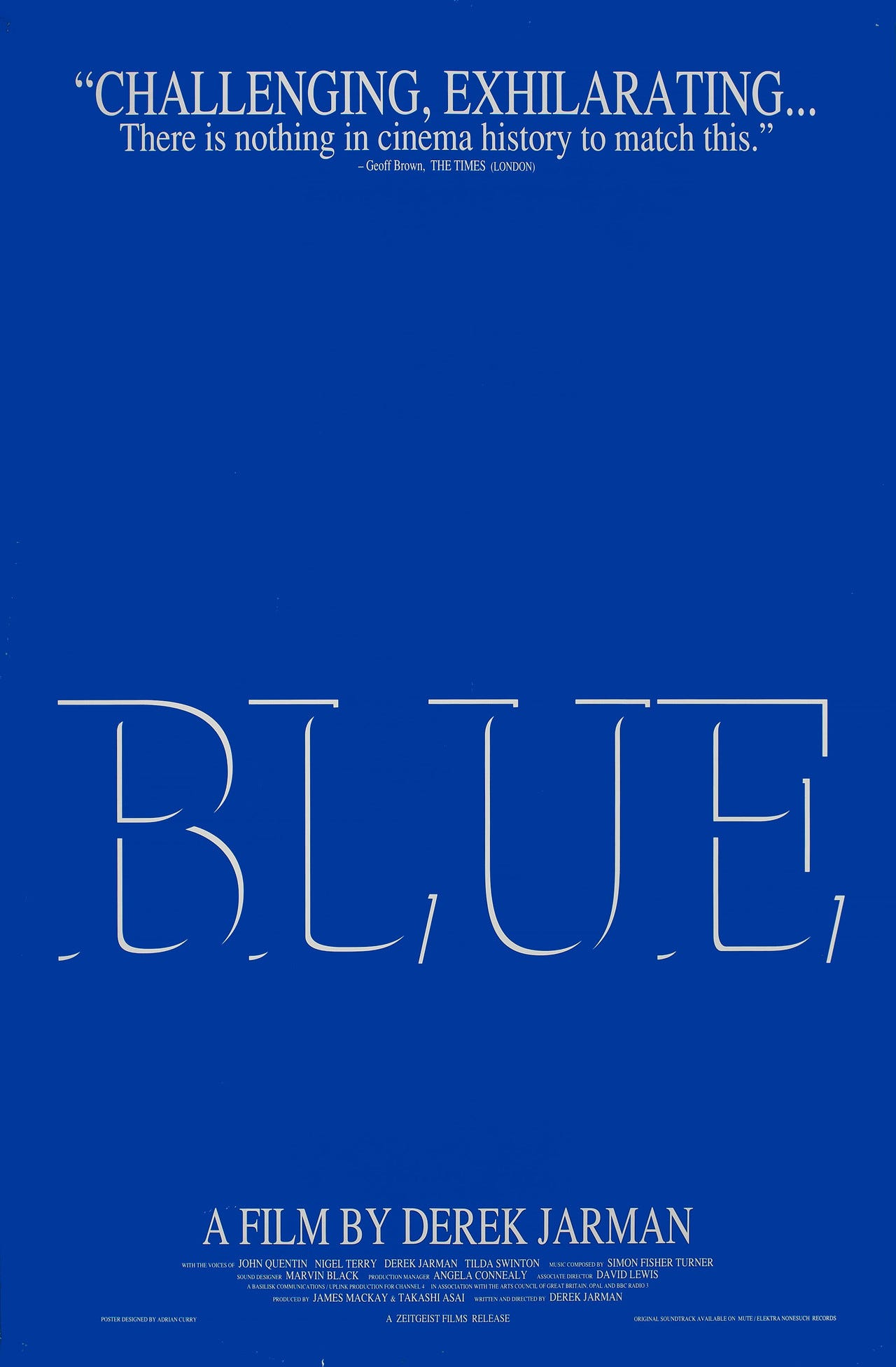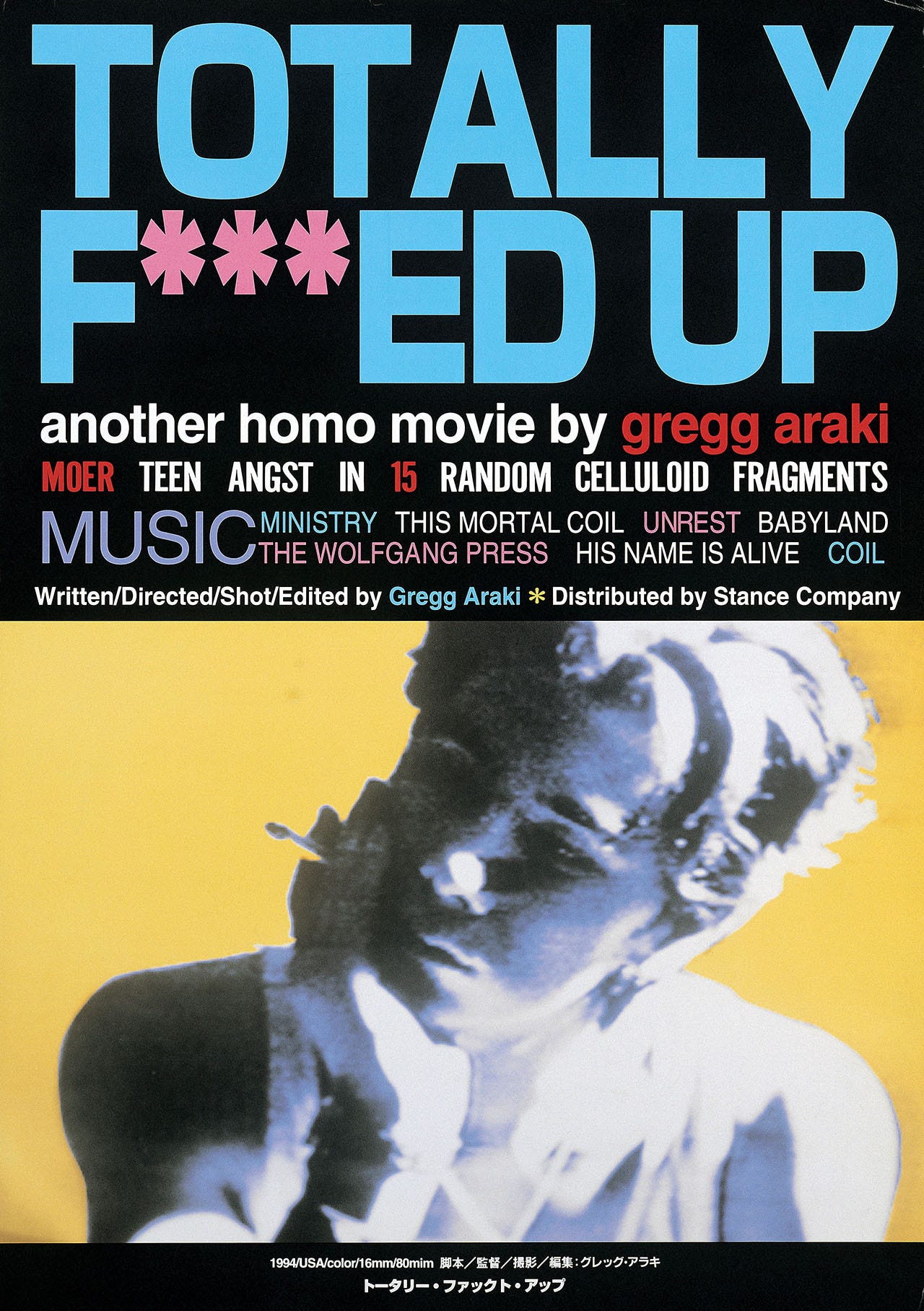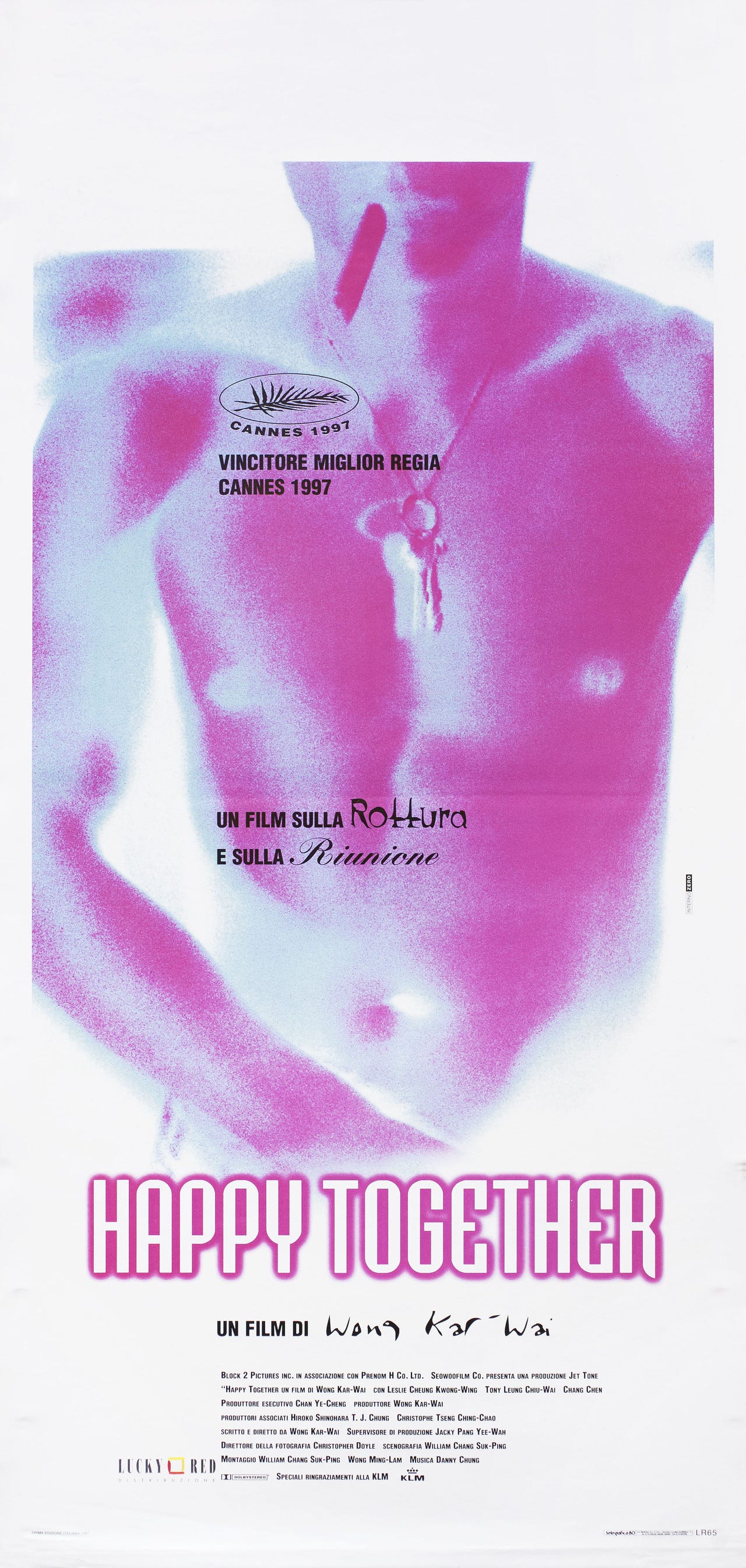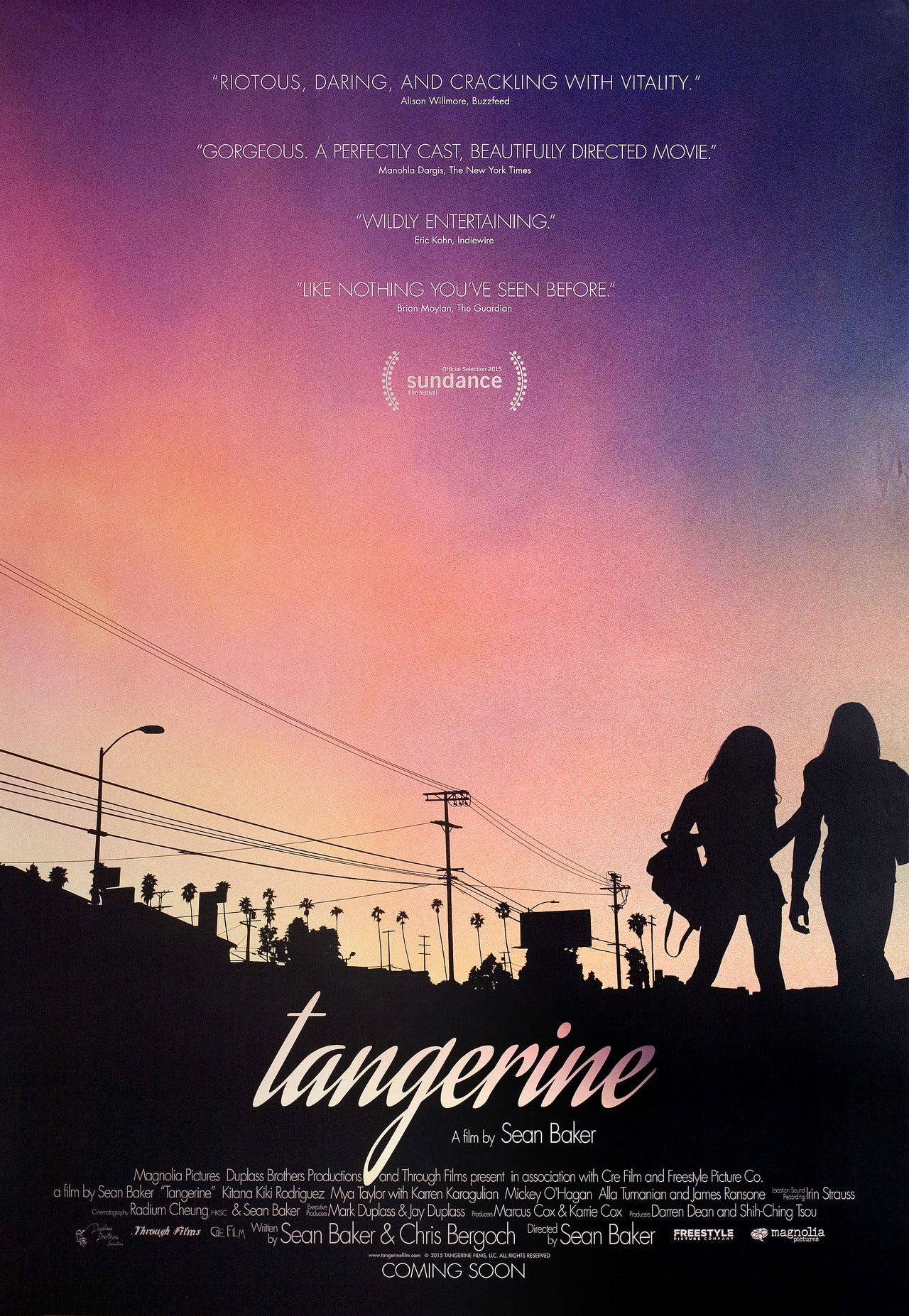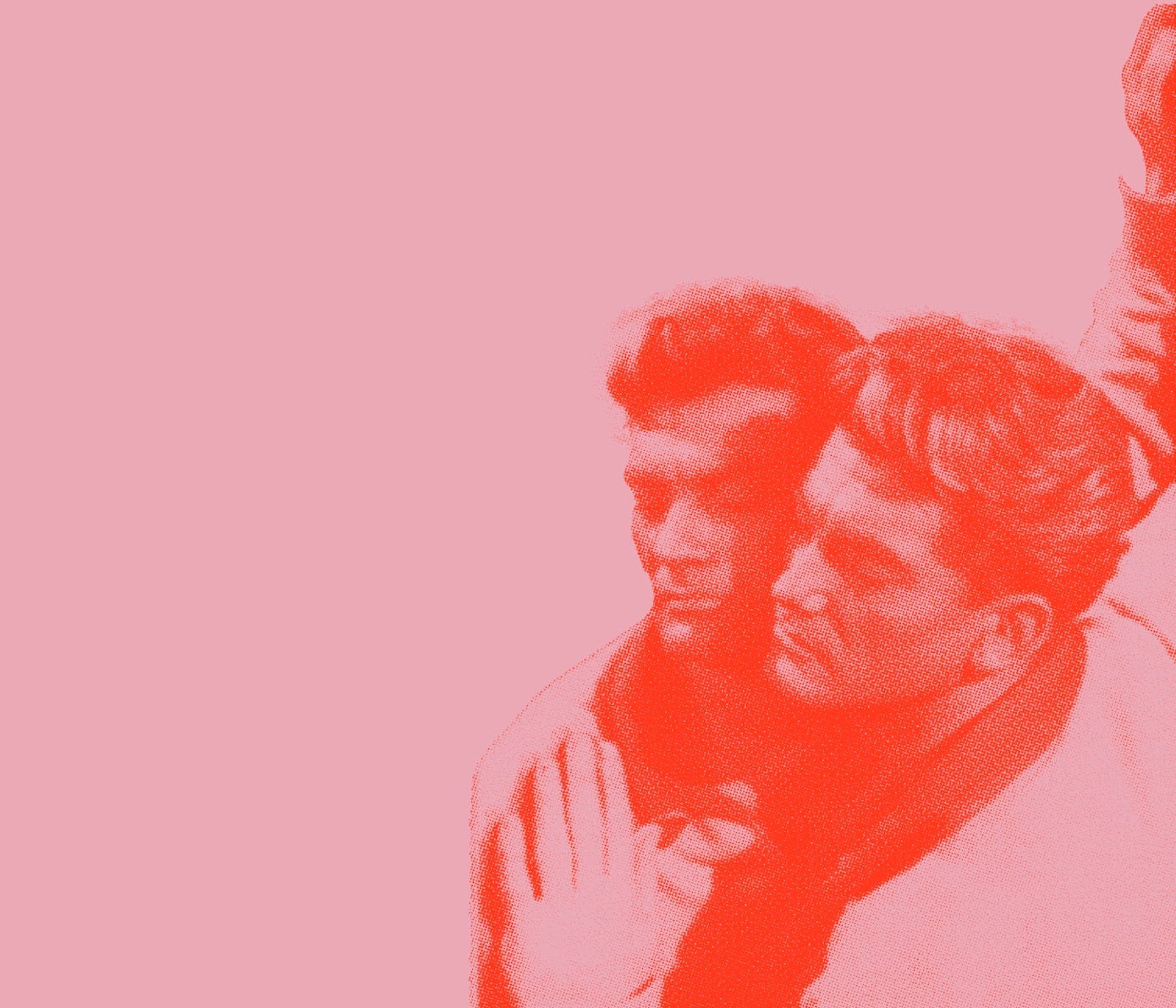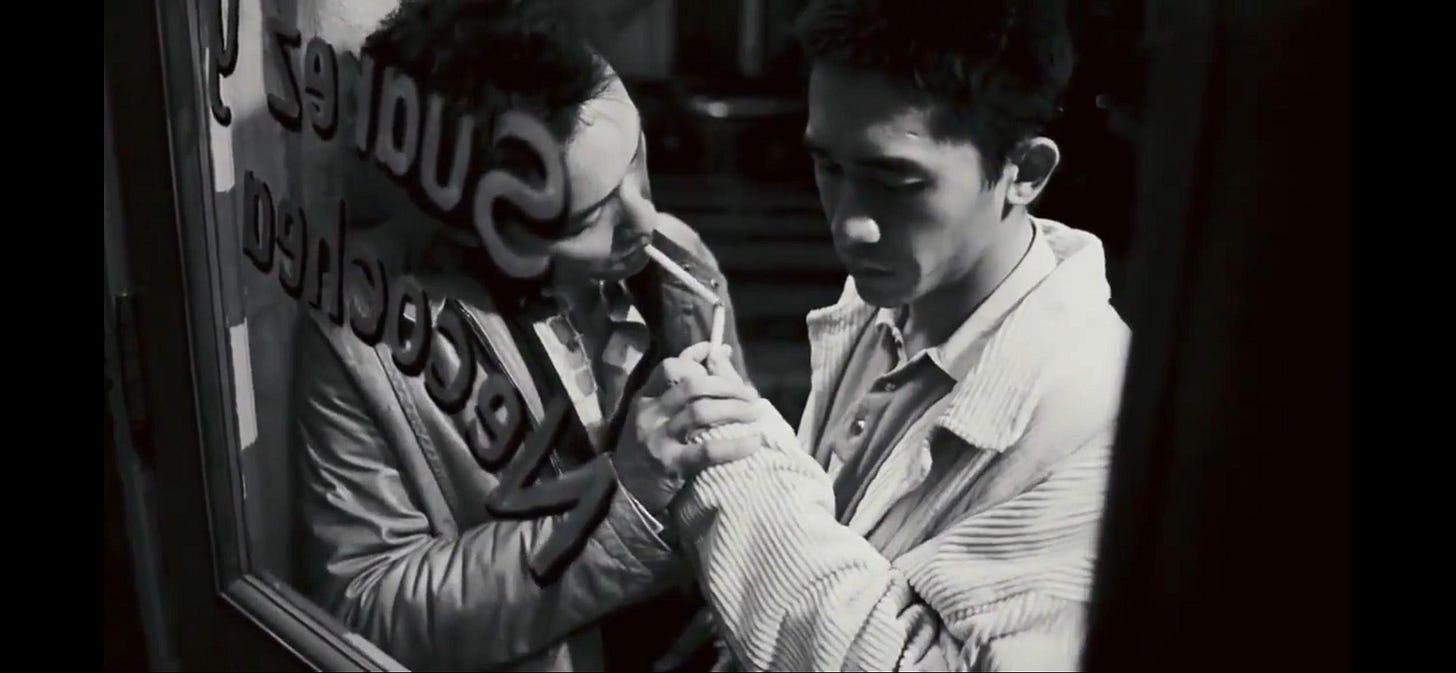The Red Thread: Queer Desire on Screen
For Pride month we asked our friends at Posteritati to curate their ten most arresting LGBTQ+ movie posters
Club Ciné: Mission Statement
At a time when LGBTQ+ identities face heightened scrutiny, storytelling through film becomes more than creative expression: it becomes a form of resistance. This Pride Month, Club Ciné refuses to let our community be stripped of desire. Instead, we reclaim it, inviting LGBTQ+ voices and allies to explore, express, and celebrate desire unapologetically across all our channels.
Club Ciné x Posteritati
Named one of SoHo’s best independent shops by Time Out New York, Posteritati has been a leading destination for vintage and contemporary movie art since 1995. From the silent era to modern classics, their downtown Manhattan gallery houses original posters and memorabilia from over 30 countries.
In honour of our June theme — queer desire on screen — we invited gallery manager Stan Oh to curate ten arresting LGBTQ+ movie posters. Scroll down to explore his rare and collectible picks.
Pink Narcissus
(dir. James Bidgood, 1971)
French poster, designer unknown
A trailblazing fantasy of queer desire, Pink Narcissus is Bidgood’s lush, erotic vision – long anonymous, now immortal, and still echoing through pop culture from David LaChapelle to Lil Nas X.
A Bigger Splash
(dir. Jack Hazan, 1974)
Japanese poster, designer unknown
A genre-defying portrait of David Hockney, blending vérité intimacy and painterly composition to chart the breakdown of his relationship with Peter Schlesinger amid the hedonistic gay culture of 1970s London. Initially reluctant, Hockney ultimately embraced the film, which is now recognised as a landmark in both queer cinema and artist documentaries.
Querelle
(dir. Rainer Werner Fassbinder, 1982)
French poster designed by Benjamin Baltimore
The German auteur’s final film is a lurid, stylised fever dream of homoerotic desire and betrayal, adapting Jean Genet’s novel with theatrical artifice and hyper-sexualised imagery. Divisive and derided as a beautiful mess, it remains a defiantly queer swan song from one of European cinema’s most provocative film-makers.
Law Of Desire
(dir. Pedro Almodóvar, 1987)
Spanish poster designed by Carlos Sanchez Perez
Almodóvar’s transgressive, melodramatic portrait of obsession, self-expression and queer identity in post-Franco Spain was his international breakthrough. Its bold mix of eroticism and camp, in a tangled narrative of desire, has real emotional depth and the Oscar-winning writer-director’s signature blend of style and substance.
My Own Private Idaho
(dir. Gus Van Sant, 1992)
Polish poster designed by Maciej Mankowski and Edmund Lewandowski
Featuring a revelatory performance by River Phoenix as a narcoleptic hustler searching for love, identity, and his lost mother, the film casts a melancholic eye on class, sexuality in Reagan-era America, blending Shakespearean riffs, New Queer Cinema aesthetics and poetic Americana in the form of a dream-like, queer road movie.
Paris Is Burning
(dir. Jennie Livingston, 1993)
Japanese poster, designer unknown
This landmark documentary captured the fierce creativity and resilience of New York’s 1980s drag-ball scene, spotlighting the Black and Latinx LGBTQ+ communities that redefined fashion and gender through voguing, shade and chosen family. Featuring icons like Willi Ninja and Pepper LaBeija, it remains a joyous and urgent chronicle of self-expression and survival amid systemic adversity.
Blue
(dir. Derek Jarman, 1993)
US poster designed by Adrian Curry
Conceived as Jarman was losing his sight and released months before his death, Blue endures as a defiant testament to love, loss, and the power of artistic imagination in the face of erasure. A radical, visionary work of queer cinema that replaces the moving image with sound and a monochrome field of International Klein Blue, it offers a poetic, deeply personal meditation on AIDS, illness and mortality.
Totally F***Ed Up
(dir. Gregg Araki, 1994)
Japanese poster, designer unknown
Raw, ironic, and emotionally urgent, Araki’s jagged, queer-punk movie follows a group of alienated LGBTQ+ teens in 1990s LA as they forge a makeshift family amid homophobia, heartbreak and apocalyptic disillusionment. A defiant outsider anthem, it marked the explosive start of Araki’s Teen Apocalypse Trilogy, completed by The Doom Generation (1995) and Nowhere (1997).
Happy Together
(dir. Wong Kar-wai, 1997)
Italian poster, designer unknown
A bruising, intimate portrait of a doomed queer relationship set against the looming backdrop of the 1997 handover of Hong Kong – with stopovers in Buenos Aires and Taipei – where love, exile, and emotional dislocation blur in a haze of longing and loss. Wong’s fugitive romance, rendered both personal and political, came third in the BFI’s 2016 poll of the 30 Best LGBTQIA+ Films of All Time, behind Weekend (dir. Andrew Haigh) and, in top spot, Carol (dir. Todd Haynes, 2015).
Tangerine
(dir. Sean Baker, 2015)
US poster, designer unknown
Baker’s fourth feature is a riotous Christmas Eve odyssey through the streets of LA, following two transgender sex workers, played with fierce authenticity by first-time actors Mya Taylor and Kitana Kiki Rodriguez, as they navigate betrayal, survival and sisterhood. Shot entirely on iPhones, it’s a groundbreaking, funny and emotinally resonant slice of queer cinema.
Make your movie poster dreams come true at Posteritati
MORE CLUB CINÉ PRIDE MONTH CONTENT
“Diana Vreeland said the clothes we made in our shop were more exquisitely crafted than European couture”
Charlie Porter: I Like to Watch
"Orphée was my gateway drug into adult thinking, hardcore glamour and queer sensibility"
Everything exciting in film this Pride month
FORTHCOMING
Thursday June 12: Katy O’Brian - I Like to Watch
Friday June 13: Oliver Sim - Cinétherapy


